Size Matters: A Basic Guide to Vinyl Formats for Artists
By Julia Girdharry
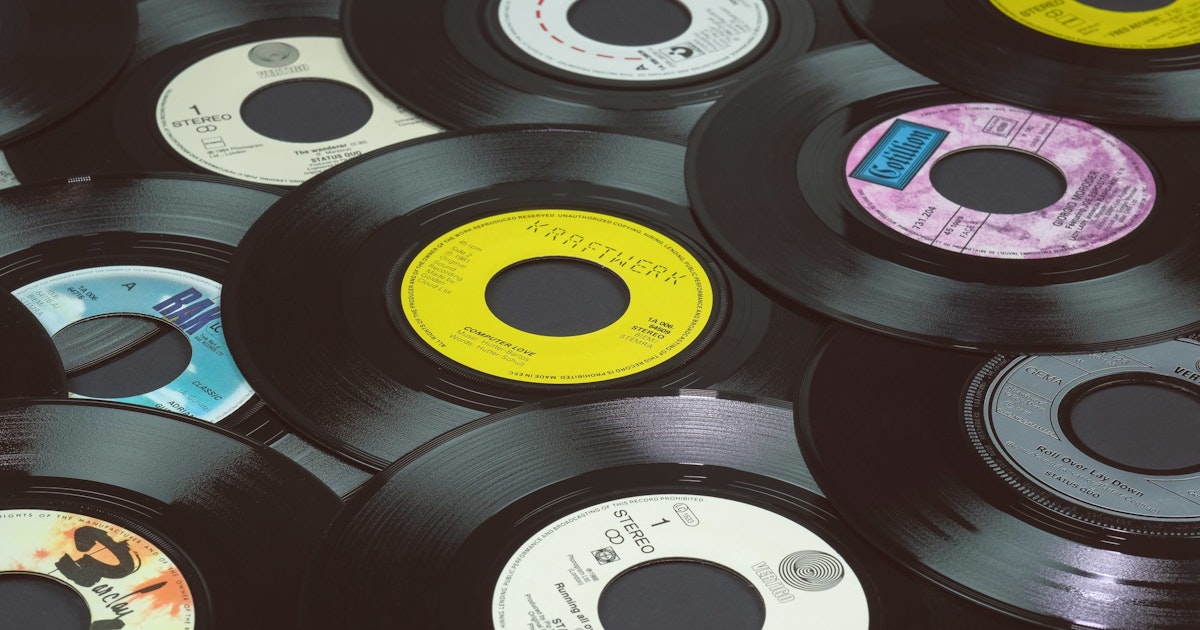
For artists and labels diving into vinyl pressing, understanding the various vinyl formats is vital. Be it a single, EP, or a full-length LP, we explain the advantages and limitations of each format, to help you make the right decision for your project.
In this guide, we’ll delve into the intricacies of vinyl formats, providing insights tailored to musicians and labels seeking the perfect fit for their original tracks. Whether you’re planning a single release, an EP, or a full-length album, understanding the nuances of vinyl sizes is essential to crafting a physical manifestation of your musical vision that captivates audiences and stands the test of time.
Standard Sizes
7-Inch Vinyl (45 RPM)
Duration: Typically holds one to two tracks per side, with a total playtime of around 4-6 minutes per side.
Pros: Ideal for singles, EPs, or promotional releases. They are compact, affordable to produce, and have a charming, nostalgic appeal. Perfect for jukeboxes.
Cons: Limited space for artwork and information due to the smaller size. Not suitable for longer albums or tracks with complex arrangements. Not everyone has a jukebox.
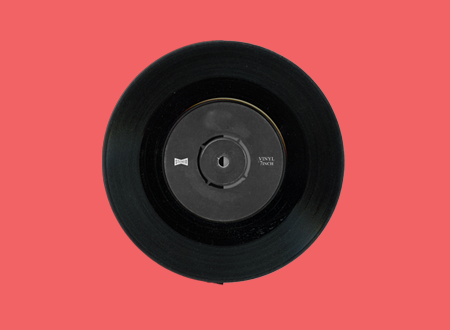
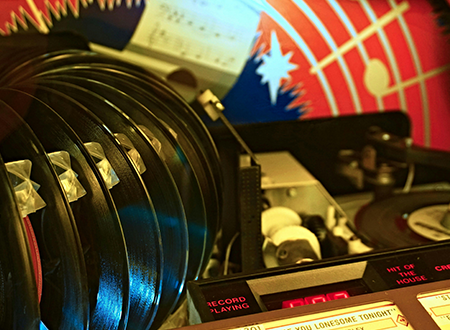
10-Inch Vinyl (33 ⅓ or 45 RPM)
Duration: Can hold around 10-15 minutes of music per side at 33 ⅓ RPM and slightly less at 45 RPM.
Pros: Offers a middle ground between the compact 7-inch and the full-length 12-inch records. Great for shorter albums, EPs, or mini-albums.
Cons: Less common than 12-inch records, which might affect availability and cost. Still limited in space compared to 12-inch records.
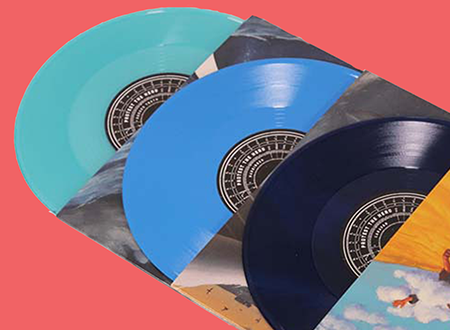
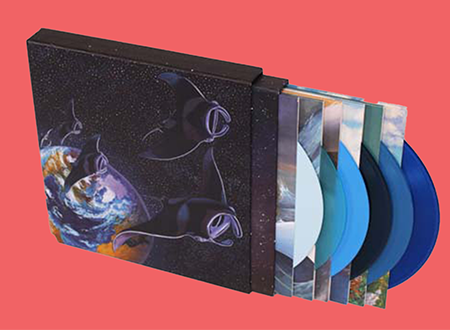
12-Inch Vinyl (33 ⅓ RPM)
Duration: Can hold up to 22 minutes per side at 33 ⅓ RPM, or around 12 minutes per side at 45 RPM.
Pros: The standard format for full-length albums, provides ample space for artwork, inserts, lyrics, and liner notes. Best for albums with multiple tracks or longer songs.
Cons: Higher production costs due to larger size and increased material.
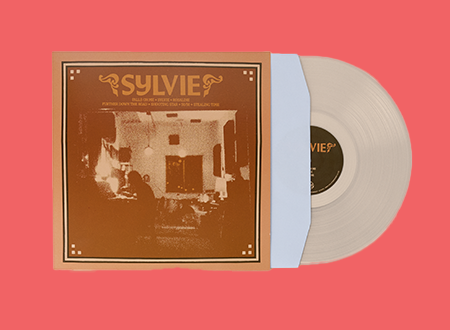
RELATED: Guide: How To Prepare Your Audio For Vinyl
Choosing the Right Size
Consider Your Runtime:
The duration of your album plays a significant role in determining the ideal vinyl size. If you have a collection of short tracks or an EP with a handful of songs, a 7-inch or 10-inch record might be the perfect fit. These sizes allow for a concise presentation without the risk of excessive blank space on the vinyl.
On the other hand, if you’ve poured your heart into a full-length album with multiple tracks and a cohesive flow, a 12-inch record is the way to go. The larger size provides ample room for artwork, lyrics, and additional information, enhancing the overall listening experience for your fans. If you want to do a full 12-inch record, artist often choose to have a blank side b or a side with just instrumentals.
Consider Audience and Collectability:
Lastly, consider your target audience and the collectability factor. While 12-inch records are the standard for full-length albums, collectors often appreciate the uniqueness of 7-inch and 10-inch records. Limited edition releases or special variants in smaller sizes can become sought-after items among vinyl enthusiasts.
In the end, the right vinyl size for your album depends on your artistic vision, the length and complexity of your tracks, and the kind of experience you want to offer your listeners. So, take your time, consider your options, and create a vinyl record that not only sounds great but also looks and feels like a true work of art. The Precision Record Pressing team is here to help guide you in your vinyl discovery and to make sure that, regardless of the size, each pressing is handles with care!
RELATED: Guide: How To Prepare Your Artwork
Header photo by Eric Krull